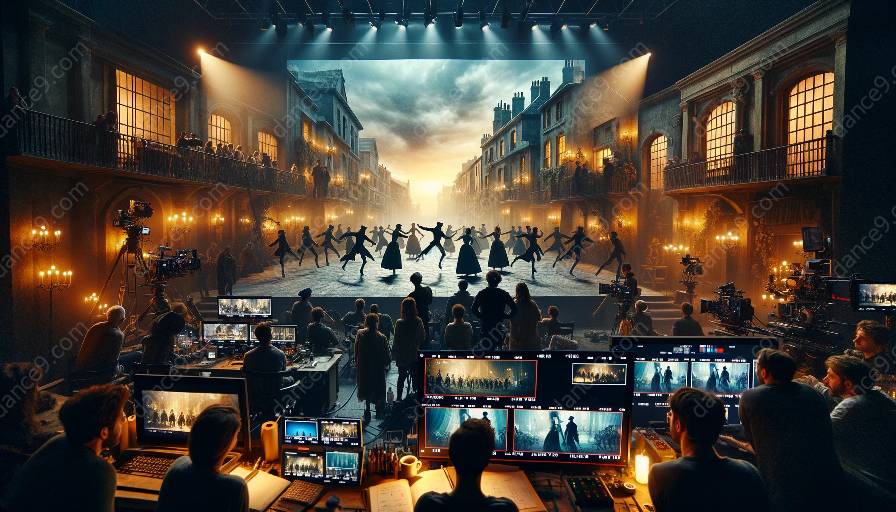Choreography in film & television involves a complex set of regulatory and union requirements that choreographers must adhere to. This article provides a comprehensive guide to understanding the necessary qualifications, guidelines, and regulations for choreographers working in the entertainment industry.
Qualifications for Choreographers
Choreographers working in film & television must possess a strong background in dance and movement. Typically, they need to have formal training in dance, such as a degree in dance or equivalent professional experience. Additionally, experience in choreography for stage or live performances is valuable, as it demonstrates an understanding of creating movement sequences within a performance context.
Legal and Regulatory Compliance
Choreographers must ensure compliance with legal and regulatory requirements when working in film & television. This includes obtaining the necessary permits and permissions for filming in specific locations, adhering to safety regulations for performers, and understanding copyright laws when using choreographed routines or music in their work.
Union Representation
Many choreographers working in film & television are members of entertainment industry unions, such as the Screen Actors Guild (SAG-AFTRA) or the American Guild of Musical Artists (AGMA). Union representation provides choreographers with important protections, including fair wages, benefits, and working conditions. It also allows them to negotiate contracts and resolve disputes through collective bargaining.
Continuing Education and Professional Development
Choreographers are encouraged to engage in continuing education and professional development to stay updated on industry standards and best practices. This may involve attending workshops, conferences, or pursuing certifications related to dance, choreography, or production management. Keeping up-to-date with industry trends and techniques is essential for maintaining a successful career in choreography for film & television.
Conclusion
Understanding the regulatory and union requirements for choreographers working in film & television is essential for aspiring and established professionals in the entertainment industry. By obtaining the necessary qualifications, complying with legal and regulatory standards, seeking union representation, and pursuing ongoing professional development, choreographers can navigate the complex landscape of choreography in film & television with confidence and success.






































